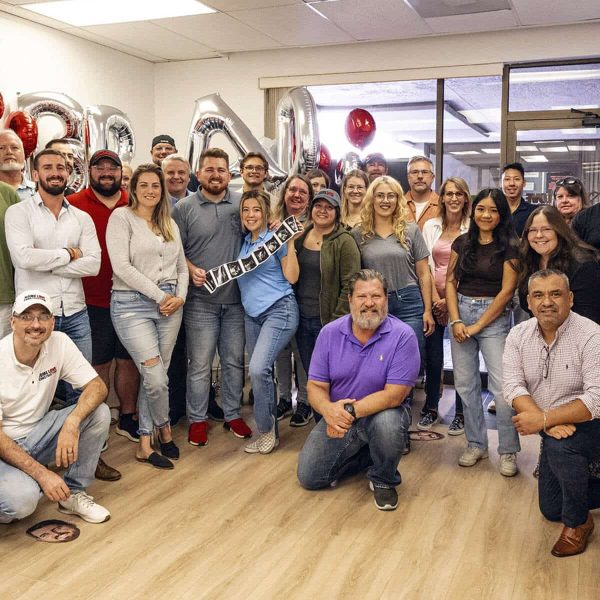The People Platform™
Success is
engineered
to happen.
Employees are your most valuable resource. Business success depends on accurate employee information and smart employee decisions.
Amazing Workplace’s People Platform empowers everyone to make smart employee decisions. The People Platform delivers accurate information to prioritize actions that drive results.
how it worksWith Amazing Workplace, we were able to accurately measure how happy our employees felt. This gave us the information we needed to expand our business and make smarter hiring decisions.”
Jeremy Cernik
CEO, Actionable Outcomes
Read success story100% Accurate Employee Results
Leveraging decades of research, Amazing Workplace isolated the 10 Topics that matter most to employees. Yet, it is Amazing Workplace’s patent-pending verification technology that drives 100% accurate results. 100% – how do we know? Because the verification technology actually verifies the accuracy of the results with each employee.
- Patent-pending feeling verification technology to predict, present, and confirm an employee’s true feeling about their workplace.
- 100% accurate as verified by each employee
- Conversations, not traditional survey ‘tests’
What about Employee Engagement?
Engagement score companies create their scores based on the responses to one or more of the following five questions:
- I am proud to work for company
- I would recommend company as a great place to work
- I rarely think about looking for a job at another company
- I see myself working at company in two year’s time
- Company motivates me to go beyond what I would in a similar role elsewhere
These questions are ‘hidden’ in their engagement surveys. There is no verification technology.
Out with the old, in with the new
The AI Conversation System™ feels like a natural human conversation rather than a test or survey. Our technology focuses on gathering accurate insights into users’ true feelings, using patent-pending technology that verifies their feeling based on their responses.
Information you trust.
Results that matter.
Effortlessly integrated with leading customer platforms.
Turn insights into action. With seamless connections to the tools you already trust, it’s never been easier to understand your customers and elevate their experience.
Schedule a demo.
Discover Employee
Happiness Conversations
- The global standard for People Reports
Leaders have always had financial reports, now you have the most comprehensive people reports - Real improvements, measurable change
40% higher improvement benchmarks to other industry survey & data companies. - Conversation technology designed for people
Used by leaders to instantly see how their employees and customers are doing and what they feel.



